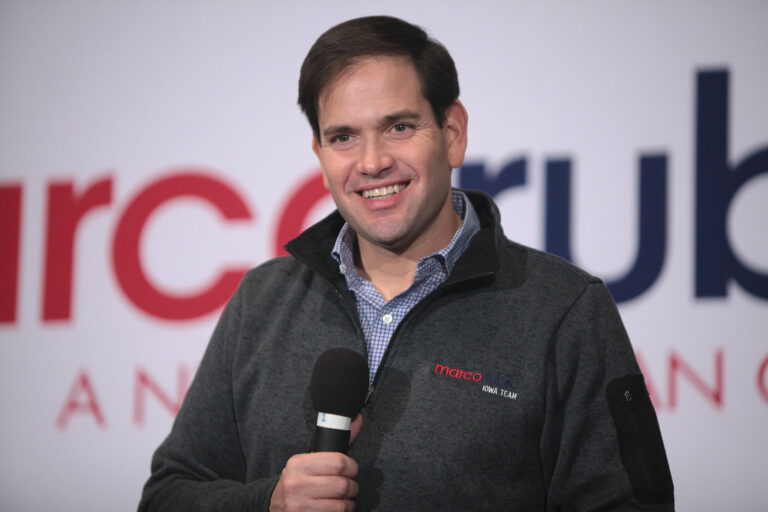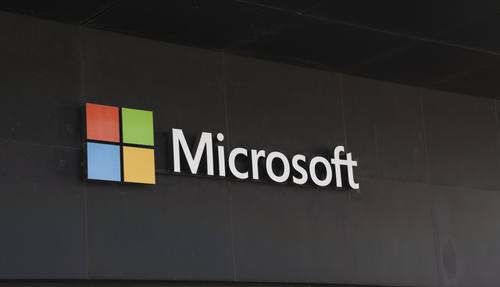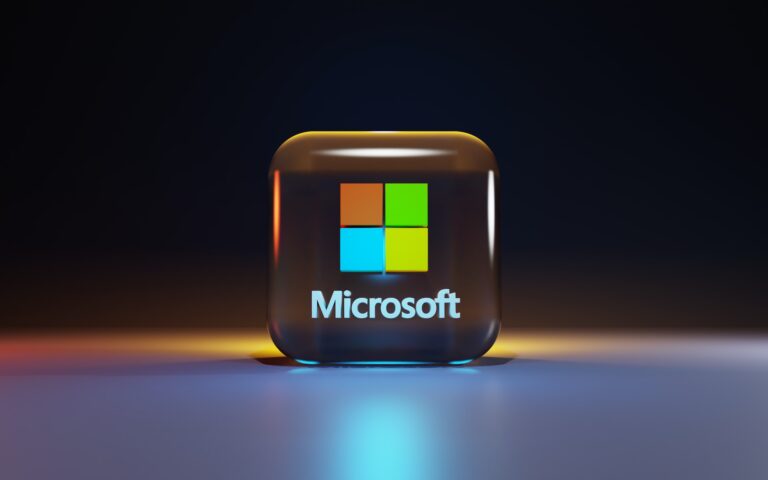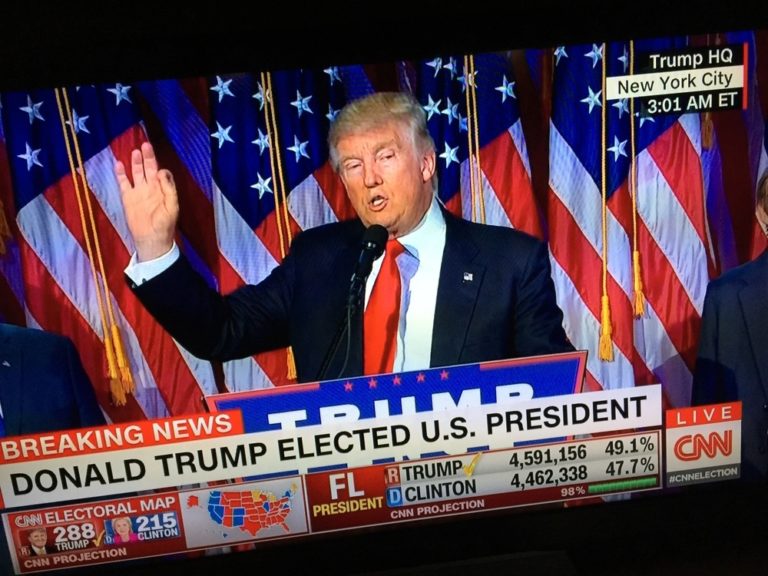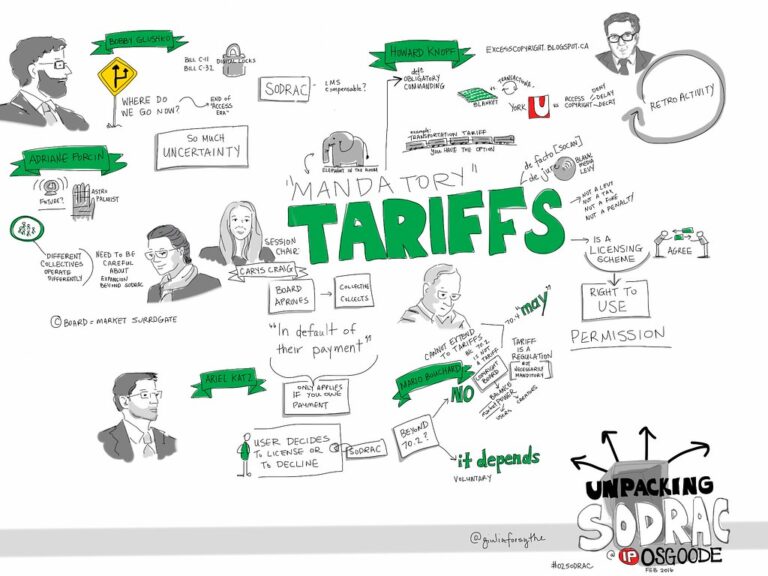Key Takeaways:
– A Bengali tiger mother and her three cubs spotted in Thailand’s Kaeng Krachan National Park.
– Unusual event, first recording of a tiger raising three cubs in this national park.
– The camera trap footage retrieved after being damaged by heavy rains last year.
– Six adult Bengal tigers are inhabitants of the park.
– Another Bengal tiger spotted in Kui Buri National park, the first sighting in over a decade.
– Bengal tigers’ global population is around 4,500; Conservation efforts leading to increased populations in India and Nepal.
Joyful Triplets in Kaeng Krachan National Park
There is fantastic news from Thailand’s Kaeng Krachan National Park. The park is celebrating the discovery of a Bengal tiger mother raising not one, but three cubs. This event is exceptional and a cause for great happiness.
The First Glimpse
Park rangers initially spotted a single tiger cub on their camera’s footage last year. The park, roughly 80 miles southwest of Bangkok, had its staff elated with the unusual sighting. However, joy turned into celebration when new footage came in.
Unpacking the New Footage
Footage from cameras, damaged by heavy rain last year, was only retreived this week. It dropped an unexpected bombshell, revealing the tiger was not caring for just one cub as initially spotted, but three! The park chief, Mongkol Chaipakdee, shared that this was a first-of-its-kind record for the park. The camera shows all three cubs scampering around while their mother prowls nearby.
About the Cubs
As of July last year, the footage of this feline family was shared on the park’s Facebook page. From the timeline, the rangers believe the cubs are currently about six months old.
Tiger Family in the Park
Within the dense forests of Kaeng Krachan National Park, nestled amidst the mountains on the Myanmar border, live six adult Bengal tigers. The genders of two among these adults are unknown.
Bengal Tiger Sightings: A Rarity
Sightings of these elusive creatures are indeed rare. However, earlier this year, a staggering discovery took place. South of Bangkok, in Kui Buri National park, park officials got the surprise of their lifetime. A Bengal tiger made its appearance in that park, marking the first sighting in over a decade.
Bengal Tigers: A Struggling Species
Bengal tigers, a breeding population of which exists in Thailand, are sadly listed as endangered on the International Union for Conservation of Nature’s red list. The species exists in only a few countries, including India, Nepal, Russia, and Bhutan.
Reasons for Concern
Hunting and wildlife trafficking have contributed to their threatened status. Currently, estimates suggest that around 4,500 tigers remain in the wild.
Conservation: A Ray of Hope
Conservation is the only hope for these magnificent beasts. Success stories from India and Nepal point to the possibility that with concentrated effort, the Bengal tiger population can recover and flourish.
When we protect and conserve, our biodiversity can rebound with vibrancy and life, as evidenced by our mother tiger and her three cubs. It’s a joyous reminder that every effort to protect and preserve our wildlife contributes to a healthier, more diverse ecosystem.

